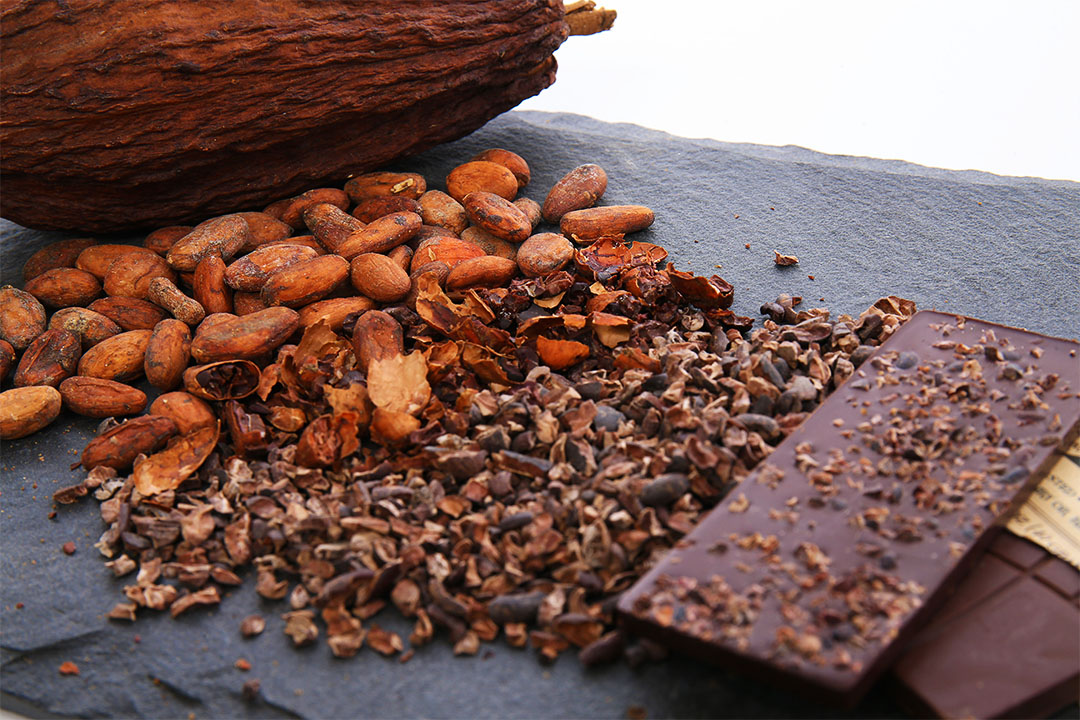
Remember: Endorphins are a stress response, released to reduce pain and the perception of pain. "After an hour or more of exercise, then the body has experienced significant enough stress that the endorphins kick in," he says. But the actual rise in endorphins doesn't really happen until after an hour of intense exercise. Matthews, a serotonin and norphenlyephrine boost actually happens before an release of endorphins, in about 30 or 45 minutes of exercise. That's because they don't work alone: serotonin and norphenylephrine, two other feel-good neurotransmitters, are also released during workouts.

"In some ways, endorphins get too much of the credit for people having a blissful feeling when they exercise," Dr. Photo: Stocksy/Ann Sophie Fjelloe Jenson How intense does a workout have to be for the “high” to kick in? And exercise of course is another big one. Since then, more and more studies show that there are actually a lot of activities that can cause a release of endorphins in the body: meditation, laughing, eating chocolate or spicy food, and even childbirth. And in fact, our bodies do produce these chemicals that have this painkilling aspect."


"That then led to the discovery of endorphins. "They were noticing that there were some specific receptors in our body that the heroin and morphine were acting on, and it didn’t make sense as to why we had these opioid receptions in our bodies," he says. Matthews says that scientists didn't actually discover endorphins until the '70s when a lot of research was being done on heroin and morphine addiction.


 0 kommentar(er)
0 kommentar(er)
